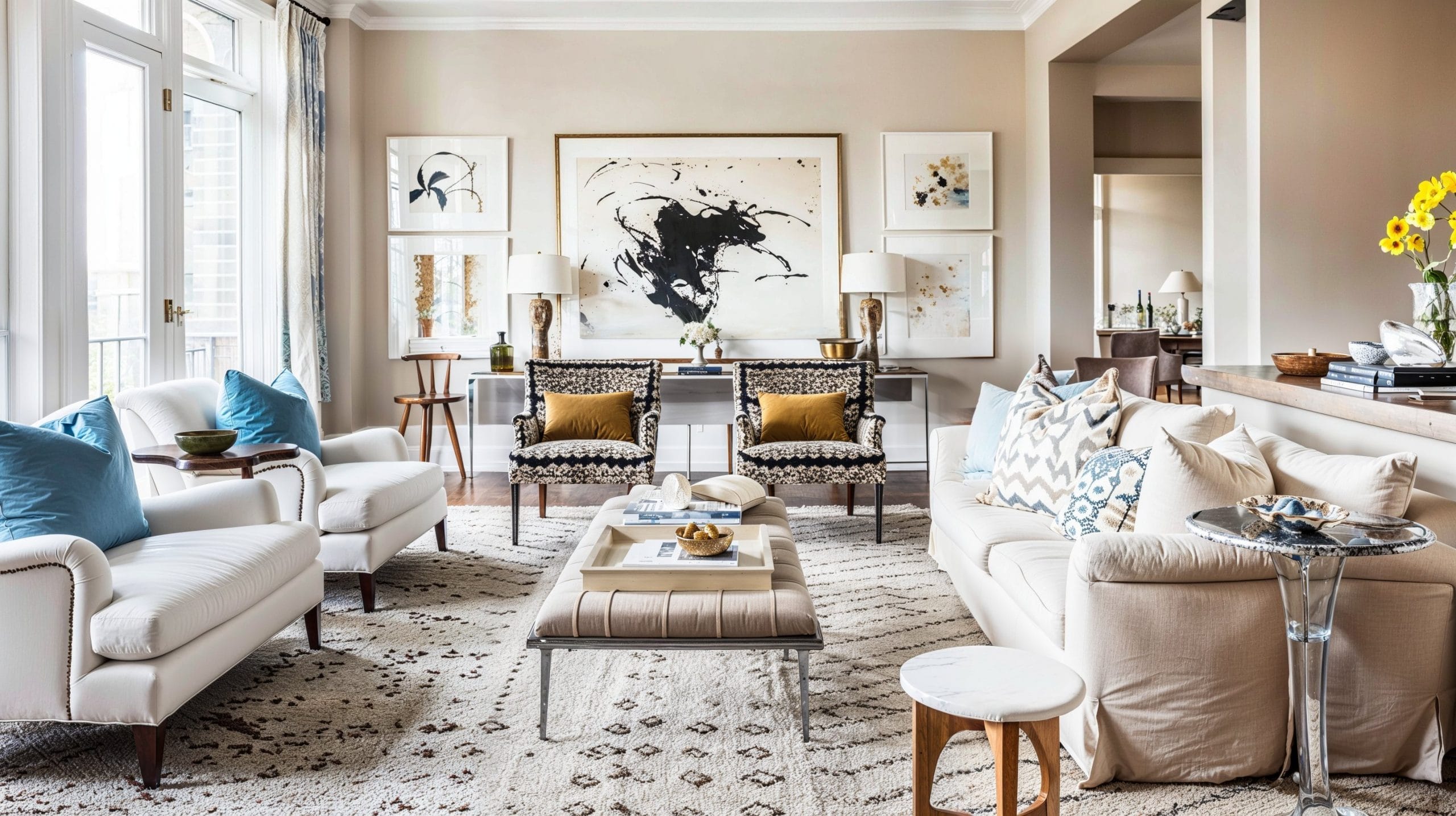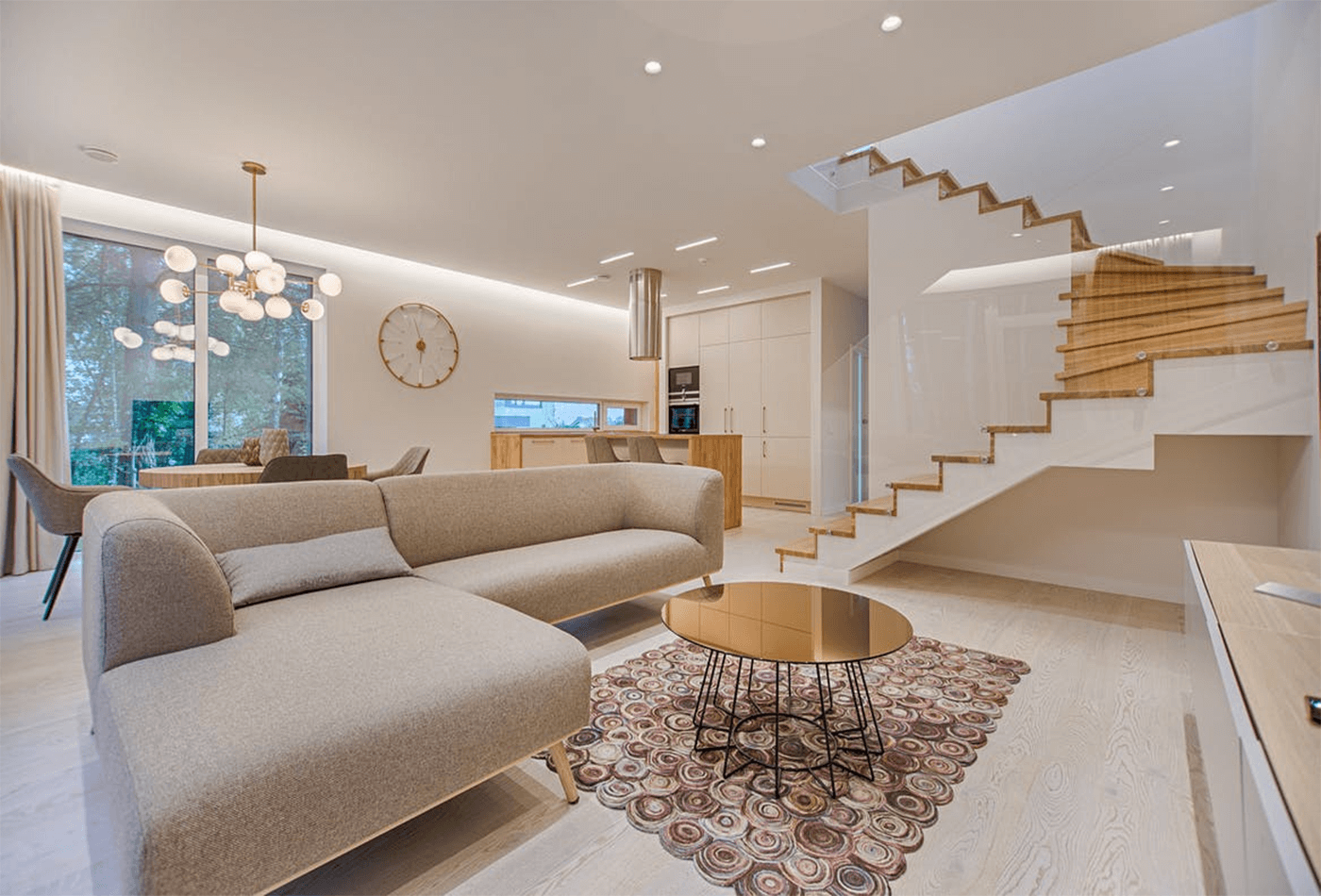Get inspired by professionals in luxury interior design to craft a beautiful space.
Get inspired by professionals in luxury interior design to craft a beautiful space.
Blog Article
Change Your Home With Essential Principles of Interior Design and Looks
The art of changing your home via the essential principles of indoor layout and aesthetics requires a thoughtful approach that harmonizes color, balance, and spatial awareness. By comprehending the impact of color theory and the importance of structure and patterns, one can produce spaces that are not only aesthetically enticing but additionally deeply individual. Attaining this stability includes greater than simple decoration; it encompasses a strategic arrangement and an eager understanding of just how each aspect communicates within an area. As we explore these fundamental principles, think about exactly how they might redefine your understanding of home and individual expression.
Understanding Shade Theory
Recognizing the principles of shade concept allows developers to create spaces that reverberate mentally with owners while satisfying functional requirements. Each group plays an essential function in developing harmony within a space.
The mental impact of shades is profound; warm shades such as reds and oranges stimulate power and heat, while great tones like blues and greens advertise calmness and peace. Moreover, the use of corresponding shades boosts visual rate of interest, creating striking contrasts that can elevate a room's appeal.
Neutral shades, on the various other hand, work as a flexible background, permitting other design aspects to shine. It is necessary to consider elements such as lighting and the area's purpose when selecting a shade scheme, as these can change the perception of colors throughout the day.
Ultimately, a well-considered color design can change a space, fostering a sense of convenience and style that aligns with the occupants' choices. Mastery of color concept is, consequently, a crucial skill for any kind of interior developer intending to create harmonious and welcoming settings.
Achieving Balance in Layout
Exactly how can developers achieve a sense of equilibrium in their spaces? Accomplishing equilibrium in layout is essential to developing unified insides. Designers can make use of three main kinds of equilibrium: balanced, unbalanced, and radial. Balanced balance involves preparing aspects uniformly around a central point, promoting a sense of order and tranquility. This type often includes pairs of furnishings or artwork, boosting aesthetic stability.
Asymmetrical equilibrium, on the various other hand, relies upon differing aspects that still attain a cohesive appearance. This strategy allows for more dynamic and casual plans, supplying interest while preserving stability. By thoroughly choosing differing sizes, shades, and textures, developers can create an aesthetically compelling space that really feels well balanced yet energetic.
Radial balance highlights a central centerpiece with elements radiating outside. This design is frequently seen in circular designs, where furniture and decoration develop a natural border that draws the eye inward.
Ultimately, achieving balance needs thoughtful consideration of range, percentage, and the partnerships in between elements. miami luxury interior design. By skillfully using these equilibrium concepts, designers can change areas into environments that feel both aesthetically pleasing and functionally unified, improving the total experience for residents
Significance of Spatial Understanding

An eager feeling of spatial recognition permits designers to identify focal factors within a room, directing the viewer's interest to vital functions while maintaining a general feeling of unity. It additionally helps in the calculated positioning of illumination, which can considerably affect the assumption of space and mood. Additionally, understanding spatial partnerships makes it possible for the developer to cater to the particular needs of citizens, making sure that each location offers its intended purpose without endangering looks.
Eventually, spatial recognition is vital for maximizing the capacity of any indoor room. By thoroughly considering the interaction in between dimensions, format, and feature, developers can develop settings that not only satisfy practical demands however also stimulate a sense of convenience and appeal, improving the total living experience.
Integrating Appearance and Patterns
Accepting a varied variety of appearances and patterns can considerably enhance the aesthetic and tactile charm of an interior room. The strategic usage of different materials-- such as wood, steel, material, and rock-- produces depth and interest, making a room feel a lot more inviting and vibrant. For circumstances, incorporating smooth surfaces with harsh textures can develop a balance that attracts the eye and engages the detects.
When including patterns, take into consideration both range and repetition. Huge patterns can offer as centerpieces, while smaller sized, subtle designs can enhance various other components without frustrating the area. Layering Home Page patterns, such as pairing flower pillows with striped tosses, includes intricacy and a sense of consistency if executed attentively.
It is likewise vital to preserve a natural shade palette, guaranteeing that structures and patterns function with each other as opposed to complete for focus. By choosing a couple of essential structures and patterns, you can develop a linked visual that shows your personal style while boosting the general atmosphere of the space. Inevitably, the mindful incorporation of these elements can transform a mundane area right into an innovative atmosphere abundant with personality and heat.
Customizing Your Area
Producing a room that reflects your personality is crucial to achieving a genuinely inviting atmosphere. Customization in interior decoration allows you to instill your More hints unique style and passions right into your home, transforming it from a plain shelter into a haven that speaks with who you are. Begin by picking a shade combination that resonates with your emotions-- vibrant hues can energize, while soft tones supply tranquility.
Incorporate artwork and decor that reflect your interests, whether it be traveling, nature, or abstract principles. Displaying personal collections, such as publications, photographs, or souvenirs, can evoke cherished memories and develop centerpieces within a space. In addition, take into consideration customizing practical pieces, like upholstered furnishings, to straighten with your aesthetic preferences.

Final Thought
In verdict, the transformation of a home through the crucial concepts of interior design and looks necessitates a comprehensive understanding of color concept, balance, spatial recognition, appearance, and personalization. Each component contributes dramatically to creating an unified and practical living setting - interior design firms. By attentively incorporating these concepts, individuals can boost the aesthetic appeal and emotional resonance of their rooms, eventually cultivating a home that mirrors unique identities while offering convenience and functionality
Report this page